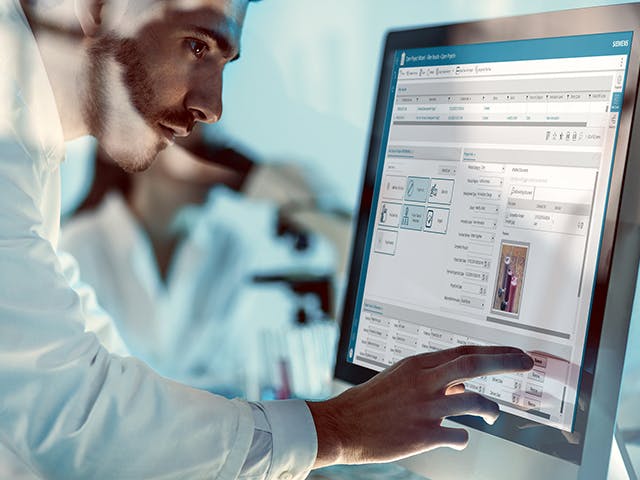Master Batch Records sollen sicherstellen, dass Hersteller die richtigen Zutaten und die richtigen Prozesse in der richtigen Reihenfolge verwenden, um das Produkt so herzustellen, wie es entworfen wurde. Das wichtigste Ergebnis ist, dass die Produkteigenschaften und die Leistung von Charge zu Charge gleich sind. In der Vergangenheit wurde das Masterbatch-Protokoll auf Papier erstellt und gepflegt. Durch den Einsatz von Master-Batch-Record-Software zur Erstellung und Verwaltung eines elektronischen Master-Batch-Records ergeben sich zahlreiche Vorteile: Zugänglichkeit, einfachere Versionskontrolle, Möglichkeiten zur Durchsetzung von Compliance, weniger Fehler und höhere Effizienz, um nur einige zu nennen. Master-Batch-Record-Software ist Teil eines Manufacturing Execution Systems (MES) und nahtlos in das MES-Workflow-Management integriert. Diese Integration rationalisiert die Batch-Produktionsabläufe. Das Stammchargenprotokoll wird von den zuständigen Fachleuten erstellt. MBR-Software ermöglicht es diesen Personen, den Master-Batch-Datensatz für jedes Produkt und jede Chargengröße effizient zu entwerfen, auszuführen, zu überprüfen und freizugeben. Wie der Name schon sagt, legt das Master-Batch-Record (oder Master-Produktionssatz oder Master-Fertigungsformel) die geplante Herstellung eines Produkts fest. Für jede Charge, die auf das Master Batch Record folgt, wird ein elektronisches Batch Record (eBR) erstellt. Was der Masterbatch-Datensatz festlegt, ist das, was erwartet wird. Das elektronische Chargenprotokoll dokumentiert, was tatsächlich bei der Produktion einer einzelnen Charge passiert ist – welche Materialcharge, welche spezifischen Geräte und welche Bediener beteiligt waren; Dauer der einzelnen Schritte; Proben- und Testergebnisse; Und so weiter.
Verwandte Produkte: Opcenter Execution Pharma | Opcenter Execution RD&L


